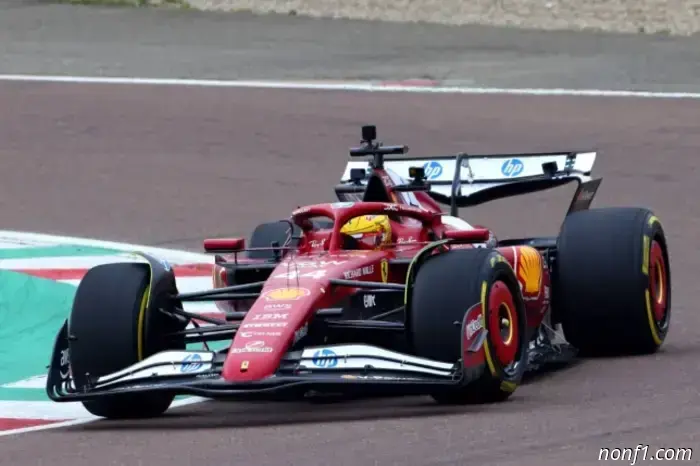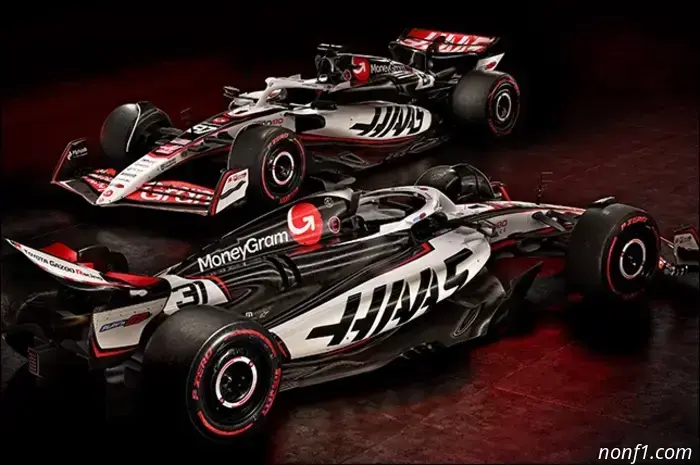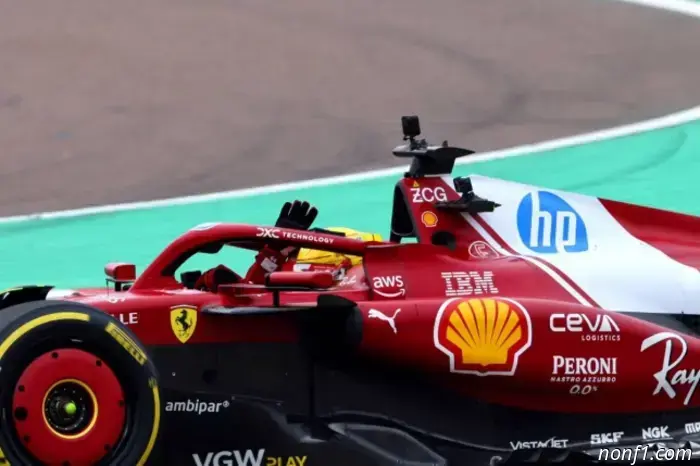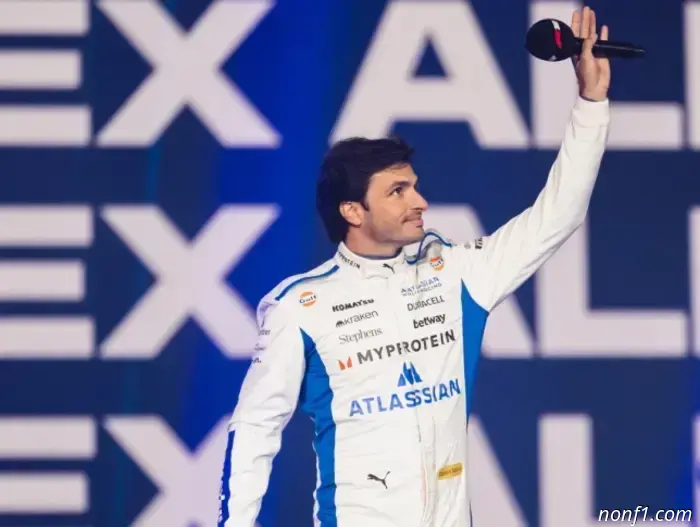
Gary Anderson on the Ferrari SF-25
Gary Anderson, a former racing car designer, shared his impressions of the new Ferrari SF-25 car, which Maranello has high hopes for.
The new Ferrari car has already hit the track, and it seems that what we were shown in Fiorano is quite consistent with the renderings that the team unveiled the day before, although there is no guarantee that we will see the SF-25 in this configuration during the pre-season tests in Bahrain.
It seems that Ferrari decided to slightly lengthen the wheelbase by pushing the front wheels forward. This frees up more space between the front axle and the front of the side pontoons – therefore, it becomes possible to better control what is happening in the turbulence zone behind the front wheels, and somewhat reduce the negative impact on the front of the bottom.
Maranello switched to a thrust-based front suspension, although the Haas team did not follow suit. According to Loic Serre, technical director of the Scuderia, responsible for the development of the chassis, this was done mainly in order to optimize the aerodynamics and expand the possibilities for its further modernization.
The front wing is not so much different from last year's one, while it seems that the nose cone is quite wide and "box-shaped" in the area where the front wing is attached to it. There is also a slot between the nose and the frontmost element of the wing, thanks to which a stream passes under the nose fairing, ensuring maximum air flow to the central part of the bottom.
Radiator air intakes have become larger than they were on last year's SF-24. The logic here is probably this: the rivalry promises to be extremely intense this season, and when the car is in heavy traffic, it is necessary to ensure that the cooling systems work efficiently enough.
The upper part of the air intake has retained the shape of the inverted letter L, but its outer tip now functions more as a deflector. This solution allows you to generate vortices that rush along the upper surface of the pontoon. This can reduce the flow leakage from the top of the pontoon into the narrowing area at the back of the machine, referred to as the "coke bottle."
When you increase the size of the air intake port, this is not enough – you also need to make the exhaust port larger. You can't just try to push the flow through the radiators – you need to create conditions for it to pass through them by creating a low-pressure area. To achieve this, the Ferrari designers provided small holes along the crest of the engine casing. Alpine and some other teams used a similar solution last year.
As in 2024, the rear suspension of the new Ferrari car is based on traction. It seems that the front mounting point of the upper triangular suspension arm is located quite low – in theory, this should enhance the anti-lifting effect, so that the rear of the car rises less when braking.
The Italian team emphasizes that the SF-25 is an evolution of last year's car, and the changes are not revolutionary. However, it can be assumed with a reasonable degree of confidence that there are actually many more different solutions hidden under the body parts than can be seen in the renders and photographs.

Other articles
 Haas engineers on the new VF-25 and the 2026 project
Andrea de Zordo, Technical Director of Haas F1, and Davide Paganelli, Head of the Aerodynamics Department, spoke about the features of the new car...
Haas engineers on the new VF-25 and the 2026 project
Andrea de Zordo, Technical Director of Haas F1, and Davide Paganelli, Head of the Aerodynamics Department, spoke about the features of the new car...
 Hamilton: I hope I can prove that red suits me.
In an interview with the Ferrari press service, the seven-time world champion did not hide that he was still in thrall to emotions, and he really liked everything that was happening to him now.…
Hamilton: I hope I can prove that red suits me.
In an interview with the Ferrari press service, the seven-time world champion did not hide that he was still in thrall to emotions, and he really liked everything that was happening to him now.…
 Sainz: I am inspired by a new challenge, I am ready to fight.
Carlos Sainz shared his impressions of starting work with Williams – this is the fifth team for which he will compete in 11 seasons in Formula 1...
Sainz: I am inspired by a new challenge, I am ready to fight.
Carlos Sainz shared his impressions of starting work with Williams – this is the fifth team for which he will compete in 11 seasons in Formula 1...
Gary Anderson on the Ferrari SF-25
Gary Anderson, a former racing car designer, shared his impressions of the new Ferrari SF-25 car, which Maranello has high hopes for...
